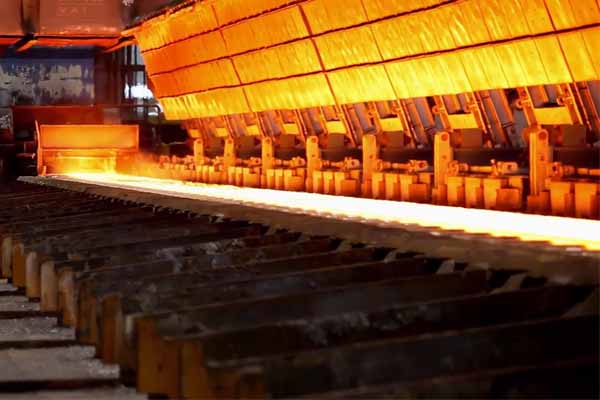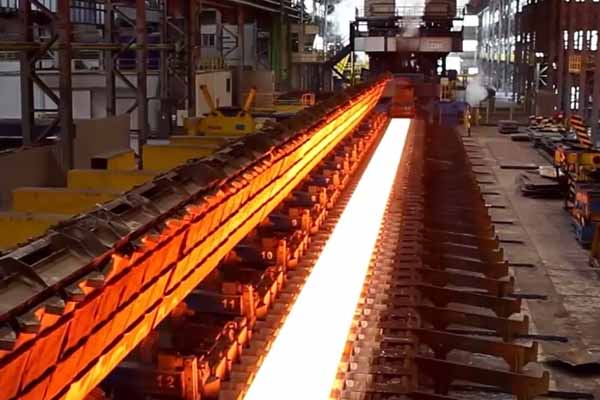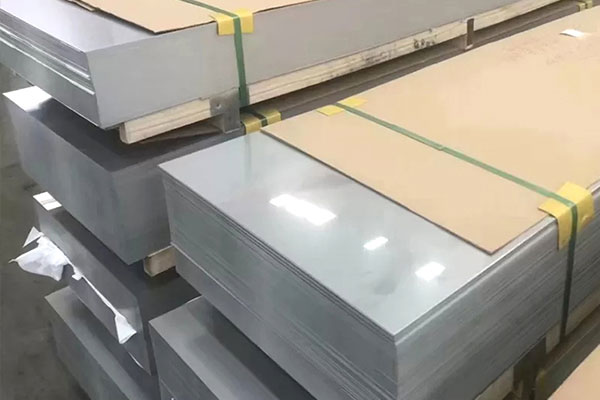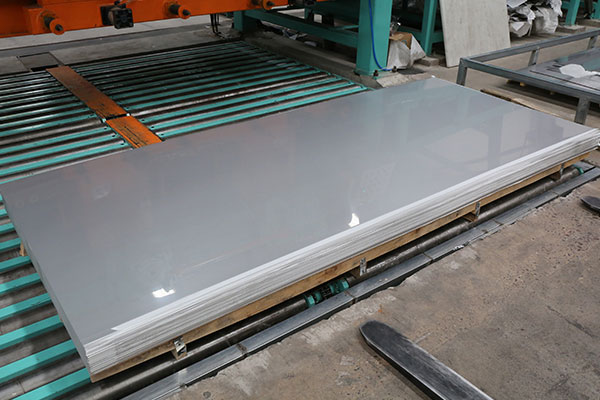Welding Stainless Steel to Nickel-Based Alloys: Technical Solutions and Best Practices
Date:2025-05-20View:935Tags:Stainless Steel,Nickel Alloy ,ss sheet manufacturers
At Ronsco, a leading supplier of stainless steel plate and alloy materials, we understand the increasing demand for reliable welding solutions between stainless steel and nickel-based alloys—especially in fields like petrochemical, aerospace, and nuclear energy. This article explores the core properties of both materials, welding challenges, advanced joining techniques, and essential quality control practices to help engineers achieve stable and high-quality joints.
1. Material Properties: Stainless Steel vs. Nickel-Based Alloys
Stainless Steel (304/316 Series)
Nickel-Based Alloys
2. Welding Challenges Between Stainless Steel and Nickel Alloys
Metallurgical Incompatibility
-
Thermal Expansion Mismatch: Nickel alloys have 15–20% lower thermal expansion than stainless steel
-
Phase Transformation Range: Difference of 200–300°C
-
Oxidation Behavior: Cr₂O₃ (dense) vs. NiO (porous) affects joint surface stability
Process Control Issues
3. Advanced Welding Techniques
Transition Layer Welding
This technique helps bridge thermal and metallurgical differences between the two metals.
High-Energy Beam Welding Comparison
|
Parameter
|
Electron Beam Welding
|
Laser Welding
|
|
Vacuum Requirement (Pa)
|
10⁻³ to 10⁻⁴
|
Ambient or localized
|
|
Maximum Penetration (mm)
|
≤50
|
≤12
|
|
Welding Distortion (%)
|
0.1–0.3
|
0.3–0.8
|
High-energy beam welding is ideal for critical applications requiring low distortion and deep penetration.
4. Quality Control Requirements
Pre-Weld Preparation
In-Process Control
Post-Weld Heat Treatment
-
Solution Annealing: 1100°C × 1 hour followed by water quenching
-
Stress Relief Annealing: 650°C × 2 hours, air-cooled
Inspection Standards
-
Radiographic Testing: Compliant with ASME Section V, Class B
-
Corrosion Testing: Passes ASTM G28 Method A
Why Partner with Ronsco?
At Ronsco, we not only supply high-quality stainless steel plates and nickel-based alloys, but we also provide tailored welding recommendations, technical documentation, and machining services. Our materials are widely used in marine engineering, pressure vessels, energy systems, and aerospace-grade fabrication.
To explore product specifications or get welding support, visit:
👉 www.ronscoplate.com
Contact Us
Need help selecting filler metals, defining process parameters, or requesting data sheets?
📧 Email us at: info@ronscoplate.com
📞 Or leave a message directly via our Contact Page
✅ Stay tuned to Ronsco News for more technical guides and material innovations in the stainless and nickel alloy industry.
 English
English Русский
Русский







